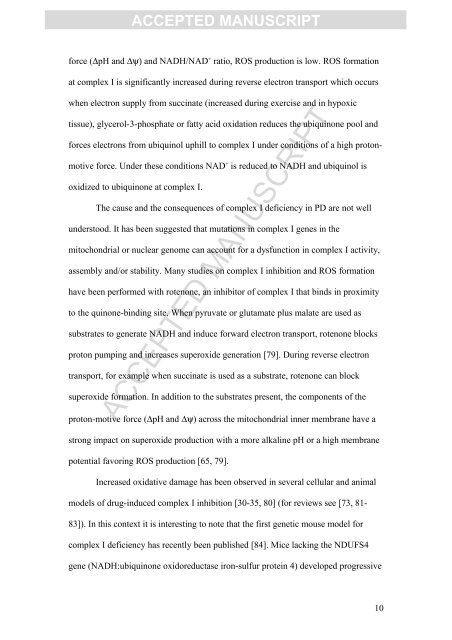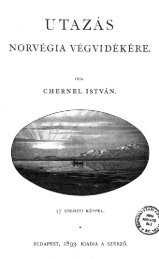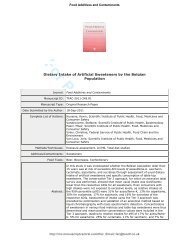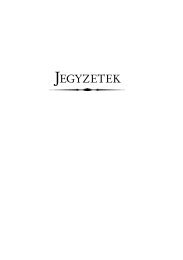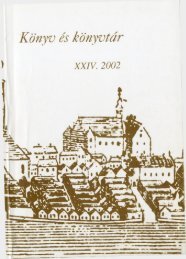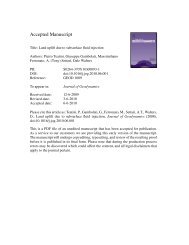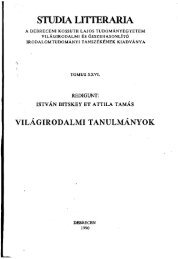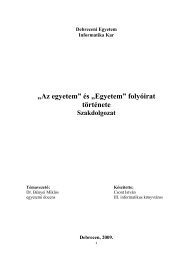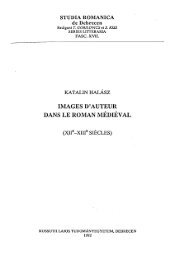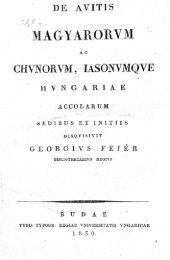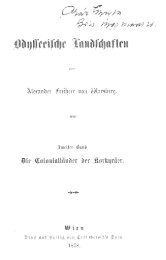accepted manuscript
accepted manuscript
accepted manuscript
Create successful ePaper yourself
Turn your PDF publications into a flip-book with our unique Google optimized e-Paper software.
ACCEPTED MANUSCRIPT<br />
force (ΔpH and Δψ) and NADH/NAD + ratio, ROS production is low. ROS formation<br />
at complex I is significantly increased during reverse electron transport which occurs<br />
when electron supply from succinate (increased during exercise and in hypoxic<br />
tissue), glycerol-3-phosphate or fatty acid oxidation reduces the ubiquinone pool and<br />
forces electrons from ubiquinol uphill to complex I under conditions of a high proton-<br />
motive force. Under these conditions NAD + is reduced to NADH and ubiquinol is<br />
oxidized to ubiquinone at complex I.<br />
The cause and the consequences of complex I deficiency in PD are not well<br />
understood. It has been suggested that mutations in complex I genes in the<br />
mitochondrial or nuclear genome can account for a dysfunction in complex I activity,<br />
assembly and/or stability. Many studies on complex I inhibition and ROS formation<br />
have been performed with rotenone, an inhibitor of complex I that binds in proximity<br />
to the quinone-binding site. When pyruvate or glutamate plus malate are used as<br />
substrates to generate NADH and induce forward electron transport, rotenone blocks<br />
proton pumping and increases superoxide generation [79]. During reverse electron<br />
transport, for example when succinate is used as a substrate, rotenone can block<br />
superoxide formation. In addition to the substrates present, the components of the<br />
ACCEPTED MANUSCRIPT<br />
proton-motive force (ΔpH and Δψ) across the mitochondrial inner membrane have a<br />
strong impact on superoxide production with a more alkaline pH or a high membrane<br />
potential favoring ROS production [65, 79].<br />
Increased oxidative damage has been observed in several cellular and animal<br />
models of drug-induced complex I inhibition [30-35, 80] (for reviews see [73, 81-<br />
83]). In this context it is interesting to note that the first genetic mouse model for<br />
complex I deficiency has recently been published [84]. Mice lacking the NDUFS4<br />
gene (NADH:ubiquinone oxidoreductase iron-sulfur protein 4) developed progressive<br />
10


